Marine sedimentary units in the lower Shyok area were deposited during early to late Cretaceous time (Aptian -Albian) in transgressive and regressive cycles. Abundance of freshwater gastropods and fishes indicate an entity of a river, in the Kashmir valley. The Himalayan foothill zone witnessed neotectonic activity. The Higher Himalayan Crystallines in Garhwal consists of pelites, psammites; granodiotire, granodiorite, granite and basalts. Rocks of Pokheri-Garhwal Himalaya consist of four tectonometamorphic episodes. The Almora Shear Zone was affected by pre-Himalayan regional metamorphism and Himalayan dynamic metamorphism. The Bhimtal volcanics in Kumaun suggest tholeiitic nature of basaltic parent. The Kumaun Siwalik region witnesses a mass movements triggering the rockfall and associated debris flow. Asymmetric pressure shadows and rotated porphyroclasts, imply that the pressure solution, and dynamic recrystallisation resulted into mylonisation and nappe movement. The Garhwal Himalaya was severely affected by debris flow, slides, slumps and falls followed by erosion. The North Almora Thrust (NAT) in Garhwal experienced rotation exemplified by the vertical folds. The Nagaland-Manipur area consists of Oceanic Island Arc, Continental Island ARC, Active Continental margin and Passive setting. The Banderdewa -Itanagar is characeterised by landslides i.e. transnational and rotational, wedge failure. Transtensional Basin in Oblique Subduction Margin in Imphal valley was affected by shear couple deformation. The Higher Himalaya is comprised of metamorphic rocks derived from sedimentary and igneous parentage.
Himalaya: Geological Aspects (Volume 5)
In stock
Free & Quick Delivery Worldwide
reviews
Bibliographic information
Title
Himalaya: Geological Aspects (Volume 5)
Author
Edition
1st ed.
Publisher
ISBN
9788189304379
Length
x+320p., Tables; Figures; Maps; References; 25cm.
Subjects

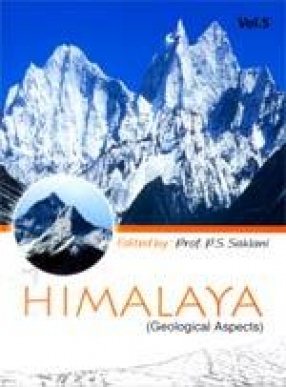
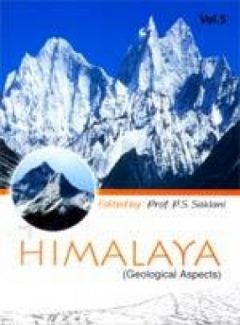
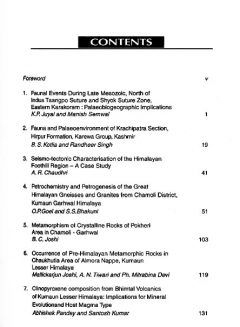
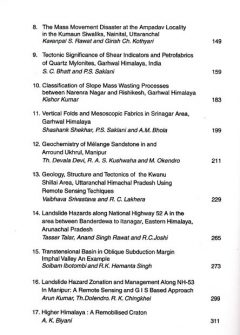
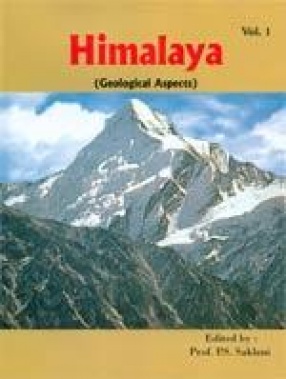
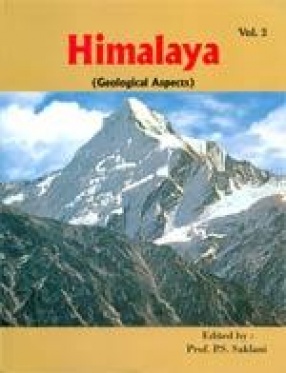
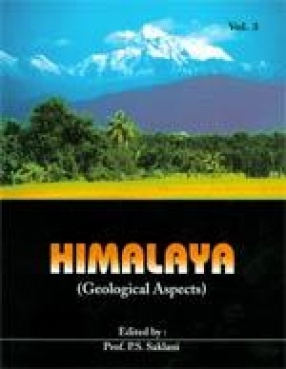
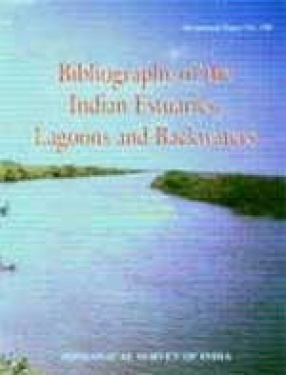
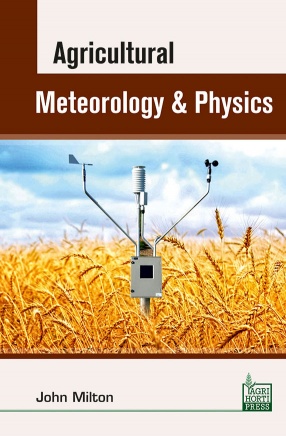

There are no reviews yet.